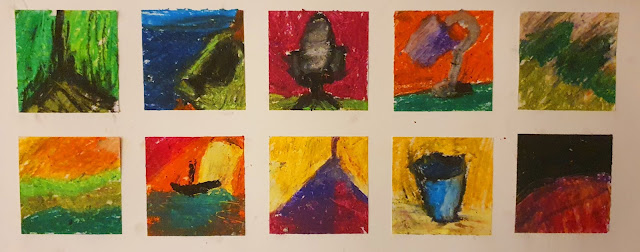To say that the world has been chaotic recently is an understatement, as the government Covid-19 guidlines keep consistently changing. So after some consideration, I have decided to focus this project more on evaluating my own artstic ability, in order to keep others safe.
My final outcome will be a reflection of my overall project, commenting upon my body of work and how I approached each work with subconscious expressionism in mind. The restrictions in each experiment force me to just create rather than think, eventually painting a picture of how my emotions take hold when producing art.
The artists I am researching a still valuable despite this change, as they will allow me to broaden my knowledge of how different abstract expressionists, conceptual artists, and performance artists think. By evaluating and comparing their work, I will have a wider range of knowledge in regards to artistic intention, and how to successfully present ideas to a viewer.
This change has affected the project, so I will reflect upon the overall success of this when discussing how my project went at the conclusion of this module.










